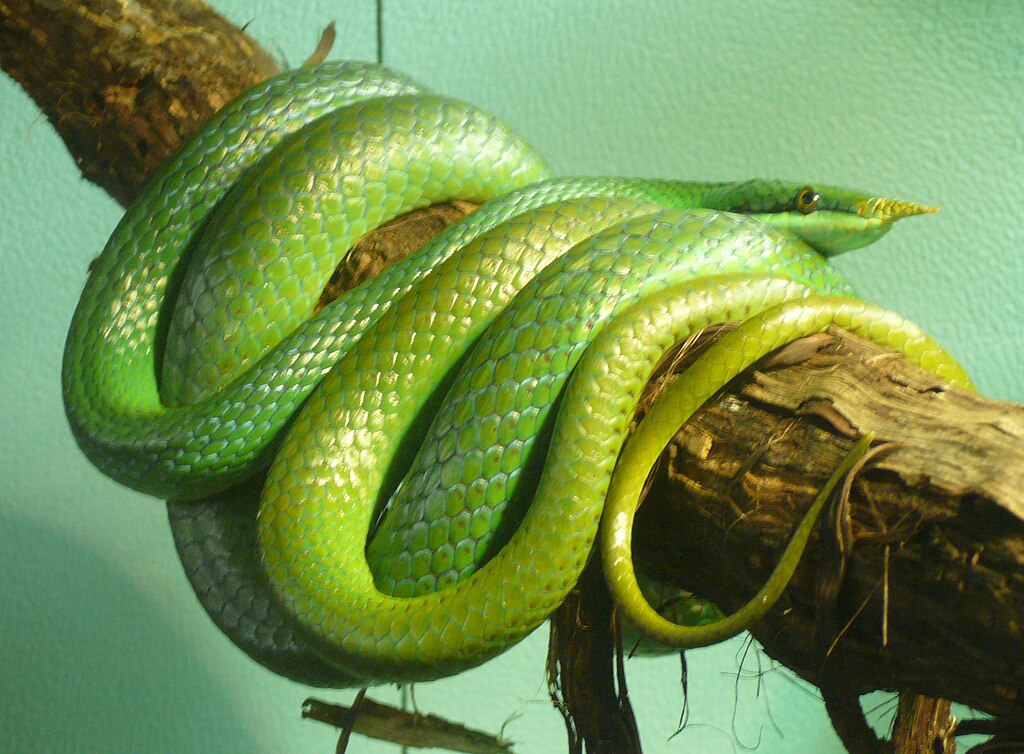Owning a pet snake comes with the responsibility of understanding their unique communication methods. Unlike mammals that may vocalize or display obvious physical cues when stressed, snakes communicate their discomfort in more subtle ways. Recognizing these stress signals is crucial for maintaining your snake’s health and well-being. Stress in snakes can lead to compromised immune systems, feeding problems, and behavioral issues if left unaddressed. This comprehensive guide will help you identify and respond to your pet snake’s stress signals, ensuring a healthier and happier relationship with your reptilian companion.
Understanding Snake Body Language Basics
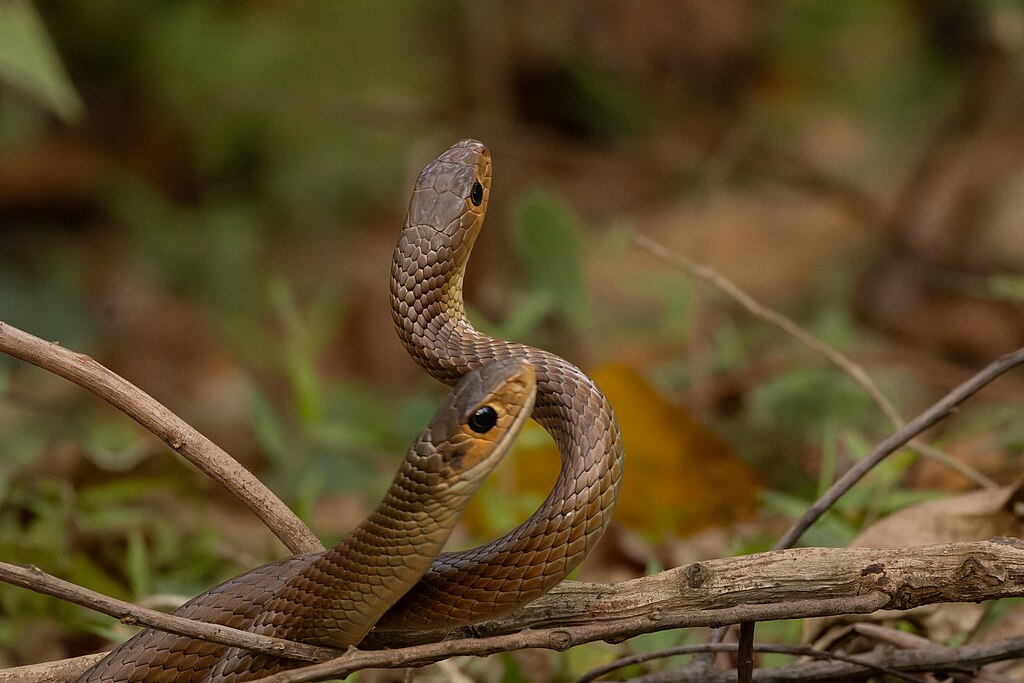
Snakes communicate primarily through body language, making it essential for owners to become fluent in these physical expressions. A relaxed snake typically moves with smooth, deliberate motions and maintains a calm, regular breathing pattern. When exploring their environment comfortably, most species will extend their tongue frequently to collect sensory information without showing defensive postures. The muscle tone of a content snake appears neither rigid nor excessively loose, with the body maintaining a natural curvature appropriate to the species. Learning these baseline behaviors for your specific snake species creates a foundation for recognizing when something isn’t right.
Defensive Posturing as a Stress Indicator
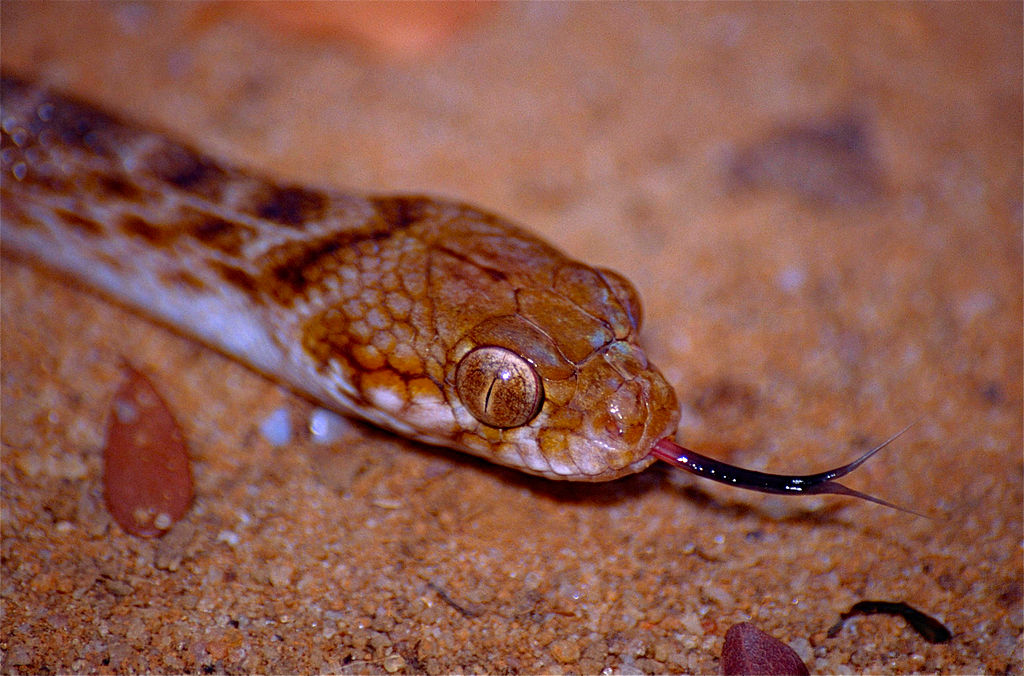
When a snake feels threatened, its body language shifts dramatically into defensive postures that signal stress. Ball pythons may form a tight ball with their head tucked inside, while many colubrids and vipers might flatten their necks to appear larger or raise the front portion of their body in an S-shape ready to strike. Hognose snakes are known for their theatrical displays, which can include playing dead by rolling onto their backs with mouths open. Corn snakes and king snakes might vibrate their tails against surfaces to mimic a rattlesnake when feeling cornered or threatened. These defensive behaviors indicate your snake is experiencing acute stress and requires immediate attention to the triggering factor.
Irregular Movement Patterns
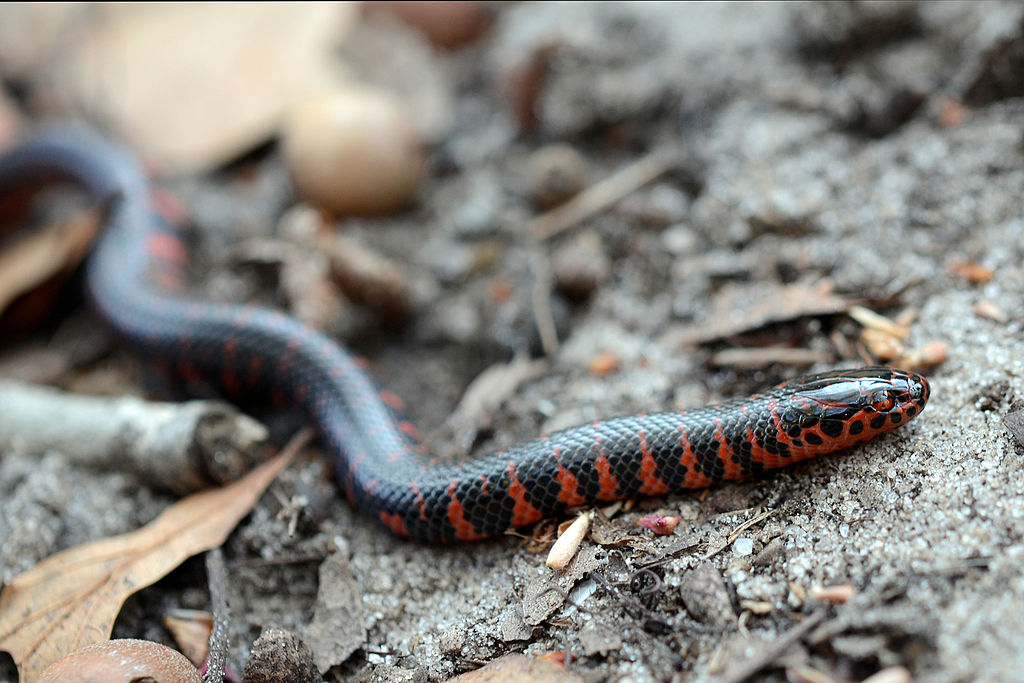
A stressed snake often displays abnormal movement patterns that differ from their typical behavior. Excessive restlessness, such as continually pacing the enclosure or repeatedly trying to escape, suggests your snake is uncomfortable with its environment. Some stressed snakes may exhibit jerky, erratic movements instead of their usual smooth locomotion. Conversely, a normally active species becoming unusually still or lethargic can indicate stress-induced withdrawal. Star-gazing (when a snake repeatedly lifts its head and appears to stare upward) or corkscrewing movements may signal serious neurological issues or extreme stress requiring veterinary attention. Recognizing these movement abnormalities early can help address problems before they escalate.
Changes in Feeding Behavior
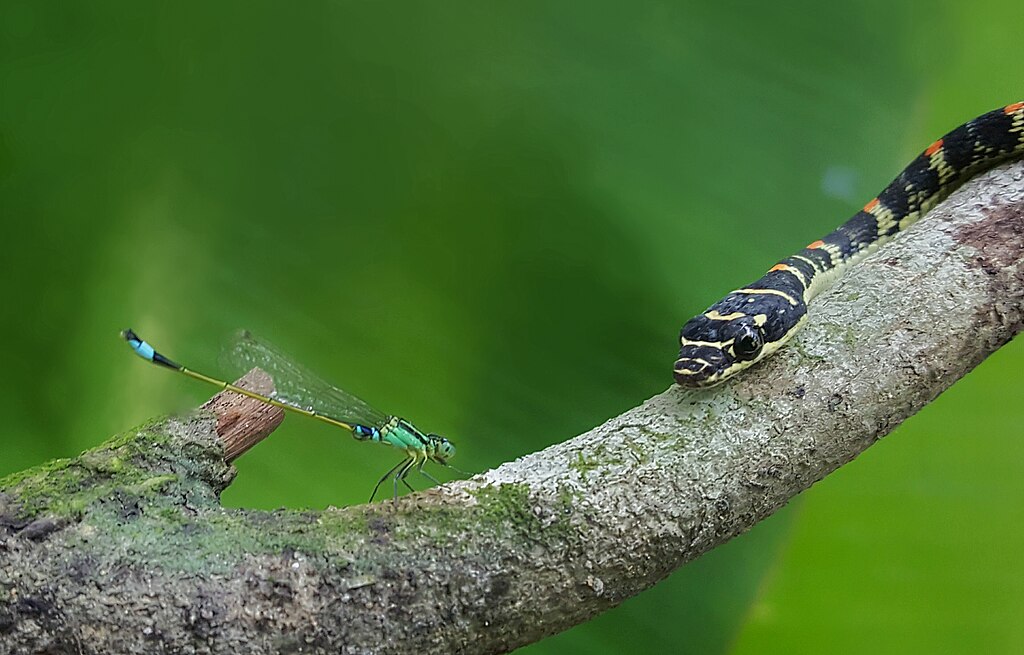
A snake’s appetite serves as a reliable barometer for its stress levels and overall health. A stressed snake may suddenly refuse meals even when following their regular feeding schedule, or they might regurgitate recently consumed food. Some snakes may show interest in food but strike half-heartedly or withdraw before completing the feeding process. Stress-induced anorexia can persist for extended periods in snakes, with some species capable of refusing food for weeks or even months when chronically stressed. While occasional feeding refusals can happen for various reasons, including upcoming shedding cycles, consistent rejection of food combined with other stress signals warrants investigation into potential environmental or health issues.
Abnormal Hiding Behaviors
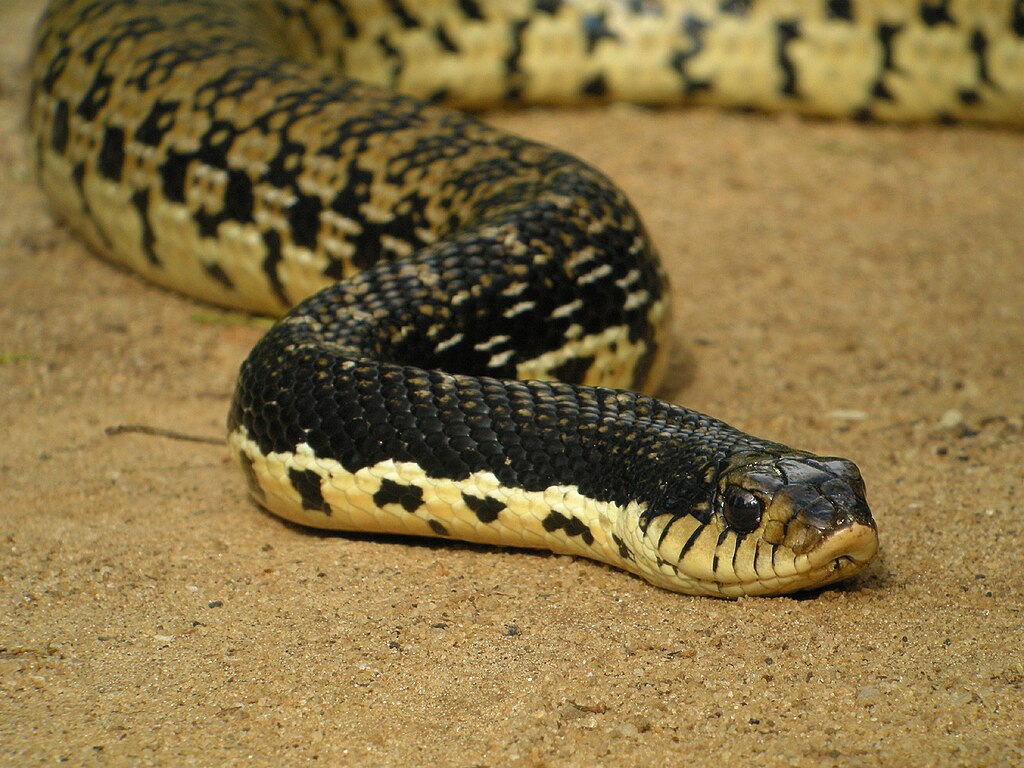
Most snake species naturally seek secure hiding places, but stress can dramatically alter these natural behaviors. A stressed snake might hide constantly, refusing to emerge even during times when they would typically be active. Conversely, some stressed snakes may suddenly stop using their hides altogether, remaining exposed when they would normally seek shelter. Some species might begin burrowing excessively or trying to hide in inappropriate places if their enclosure lacks adequate security. Ball pythons, in particular, may press their bodies against enclosure corners or walls when stressed instead of utilizing proper hides. These changes in hiding behavior often indicate that something in the environment feels unsafe to your snake, requiring adjustments to restore their sense of security.
Respiratory Distress Signals
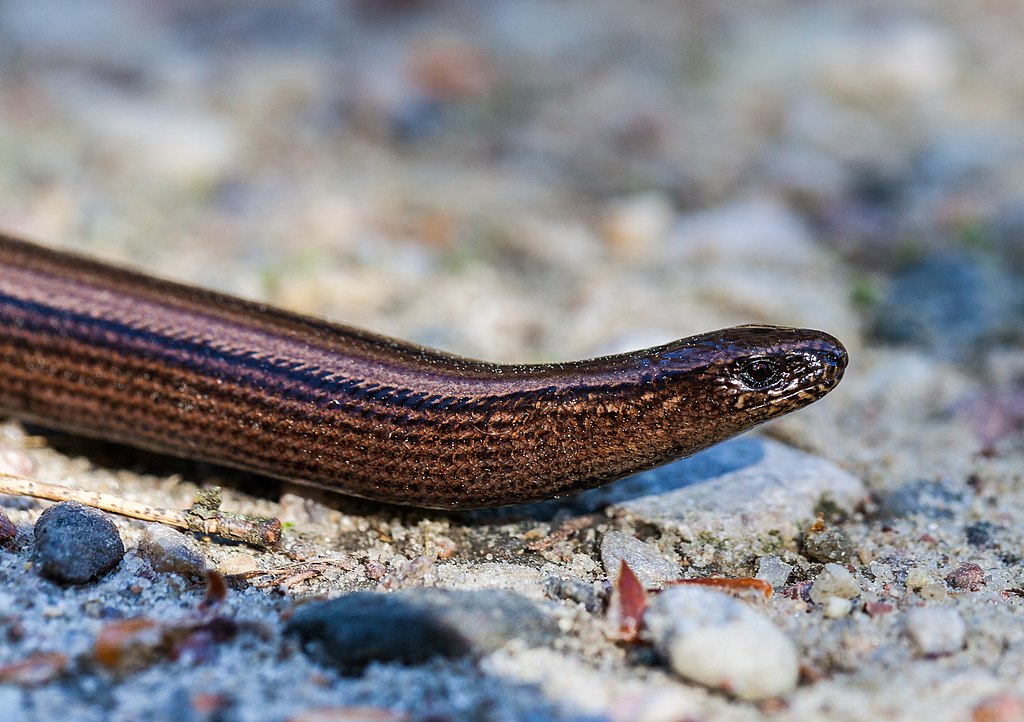
Respiratory changes often accompany stress in captive snakes and may signal serious health concerns. Open-mouth breathing, wheezing, or audible clicking sounds during respiration are clear indicators of respiratory distress that can be triggered or worsened by stress. You might notice your snake keeping its head elevated more than usual to facilitate breathing when stressed or ill. Excessive mucus around the mouth or nostrils frequently accompanies stress-related respiratory issues. While environmental factors like improper humidity can directly cause respiratory problems, chronic stress also weakens the immune system, making snakes more susceptible to respiratory infections. Any signs of labored breathing warrant immediate attention, as respiratory infections can progress rapidly in reptiles.
Muscular Tension and Rigidity

The muscle tone of your snake provides important clues about its stress levels and overall comfort. A stressed snake often displays abnormal muscle tension, holding its body in rigid, unnatural positions rather than relaxed curves. When handled, you might notice the snake feels unusually stiff or tightly wound around your hands or arms. Some stressed snakes maintain a constant state of readiness, with muscles tensed as if preparing to strike or flee even when no immediate threat is present. In severe cases, stress can cause trembling or subtle muscle spasms visible along the snake’s body. These tension patterns not only indicate psychological stress but can lead to physical exhaustion if the snake remains in this heightened state for extended periods.
Shedding Difficulties as Stress Indicators

Problematic shedding often reveals underlying stress issues in captive snakes. A stressed snake might experience incomplete sheds where patches of old skin remain attached, particularly around the eyes (causing “spectacles”) or the tail tip. The timing between sheds may become irregular, with stressed snakes sometimes entering shedding cycles more frequently than normal. Some snakes might show prolonged periods in the “blue” phase (when their eyes appear cloudy before shedding) when under stress. While shedding problems commonly relate to humidity levels, chronic stress can disrupt the normal physiological processes involved in skin renewal. Addressing both the environmental factors and potential stressors is crucial when your snake experiences repeated shedding difficulties.
Weight Loss and Body Condition Changes

Monitoring your snake’s body condition provides valuable insight into potential chronic stress issues. Stressed snakes often lose weight gradually as their metabolism remains elevated during extended periods of anxiety or discomfort. The spine may become more prominent, and the body may develop a triangular rather than rounded cross-section indicating muscle loss and poor condition. Some species show visible changes in skin elasticity when dehydrated due to stress-related reduced water intake. Regular weighing and visual assessment of your snake’s body condition can help detect stress-related decline before it becomes severe. Remember that healthy snakes should maintain appropriate weight for their species and age, with a rounded body profile and smooth muscle transitions.
Unusual Elimination Patterns

Changes in a snake’s waste elimination can provide important clues about stress levels. A stressed snake may defecate more frequently than normal, sometimes producing looser stools or even experiencing diarrhea during acute stress episodes. Conversely, some snakes respond to chronic stress by eliminating less frequently, potentially leading to constipation issues. Stress can also cause snakes to eliminate defensively when handled, known as “musking,” where they release foul-smelling secretions from their cloaca as a deterrent. While occasional irregular elimination happens, persistent changes in stool consistency, frequency, or inappropriate elimination may indicate your snake is experiencing environmental or handling stress that needs addressing.
Aggression and Defensive Striking

Increased aggression often signals a snake experiencing significant stress in captivity. A normally docile snake that suddenly begins striking at movement outside its enclosure or during routine maintenance may be communicating severe discomfort. Some species display “false strikes” when stressed, lunging forward with closed mouths as a warning rather than an attempt to bite. Defensive striking is typically accompanied by other stress signals such as hissing, body inflation, or rapid tail vibration depending on the species. It’s important to distinguish between normal feeding responses and true defensive aggression—the latter occurring outside feeding contexts and usually directed toward perceived threats rather than prey items. Addressing the underlying stressors is essential rather than simply avoiding handling the snake.
Environmental Causes of Snake Stress
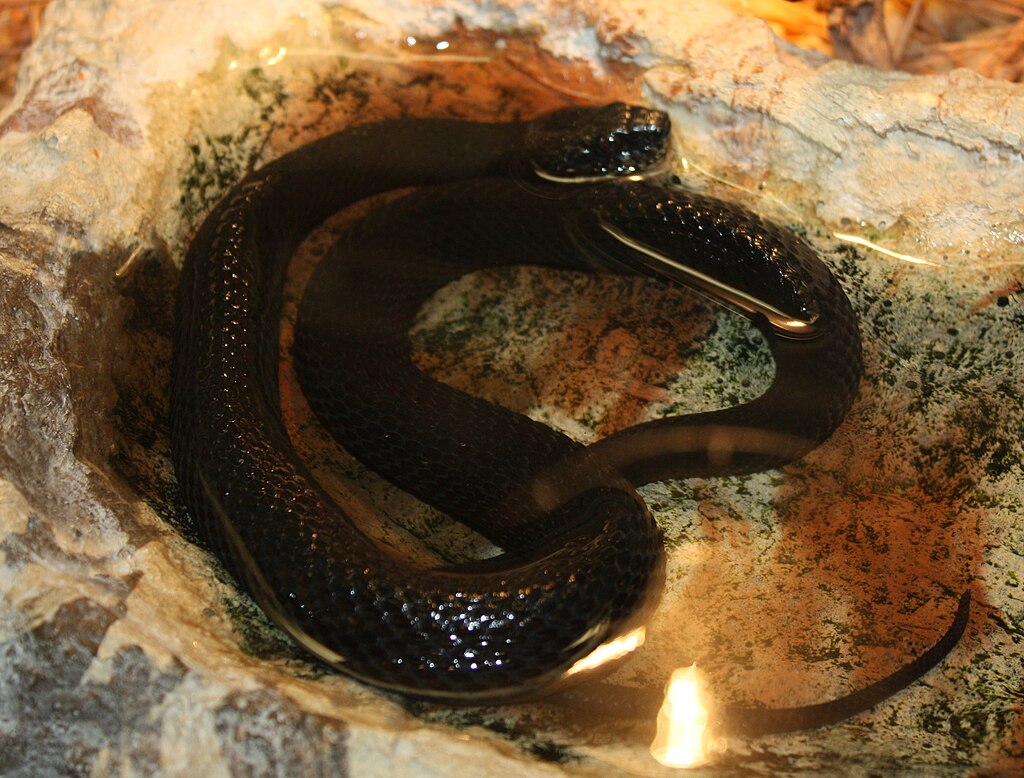
Many stress behaviors in captive snakes trace back to suboptimal housing conditions that fail to meet their biological needs. Insufficient enclosure size prevents natural movement patterns, while improper temperature gradients force snakes to choose between thermoregulation and security. Humidity levels outside the species-appropriate range can cause respiratory issues and shedding problems that compound stress. Excessive handling, particularly during adjustment periods to new environments, can overwhelm shy species like ball pythons or hognose snakes. Inappropriate substrates that don’t allow burrowing for species with this natural behavior can cause chronic stress, as can exposure to household vibrations, loud noises, or the presence of predator animals like cats and dogs. Addressing these environmental factors often resolves stress behaviors more effectively than any other intervention.
When to Seek Veterinary Care
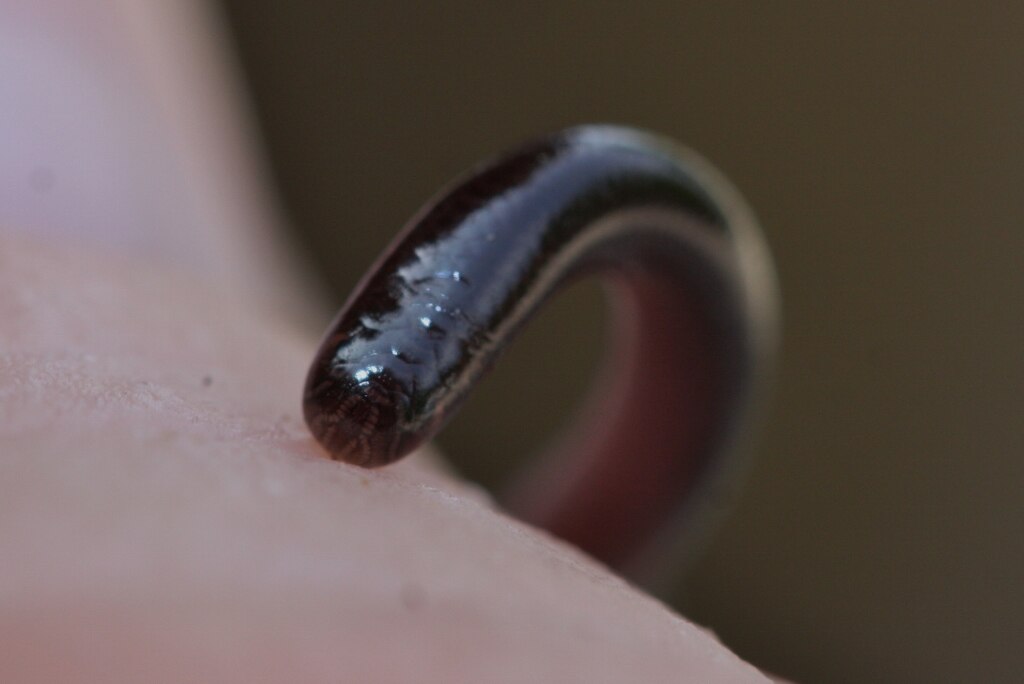
While many stress signals warrant environmental adjustments, certain symptoms necessitate professional veterinary attention. Any respiratory distress, including wheezing, bubbling around the mouth, or labored breathing, requires immediate medical evaluation. Significant weight loss exceeding 10% of body weight, especially when accompanied by feeding refusal, indicates potential serious health issues beyond simple stress. Neurological symptoms like star-gazing, corkscrewing movements, or tremors may signal serious conditions requiring veterinary intervention. Prolonged stress can suppress the immune system, making snakes vulnerable to secondary infections that present as swellings, discolored scales, or abnormal discharges. Remember that reptile specialists are better equipped than general veterinarians to diagnose and treat snake-specific health problems arising from chronic stress.
Creating a Stress-Reduction Plan
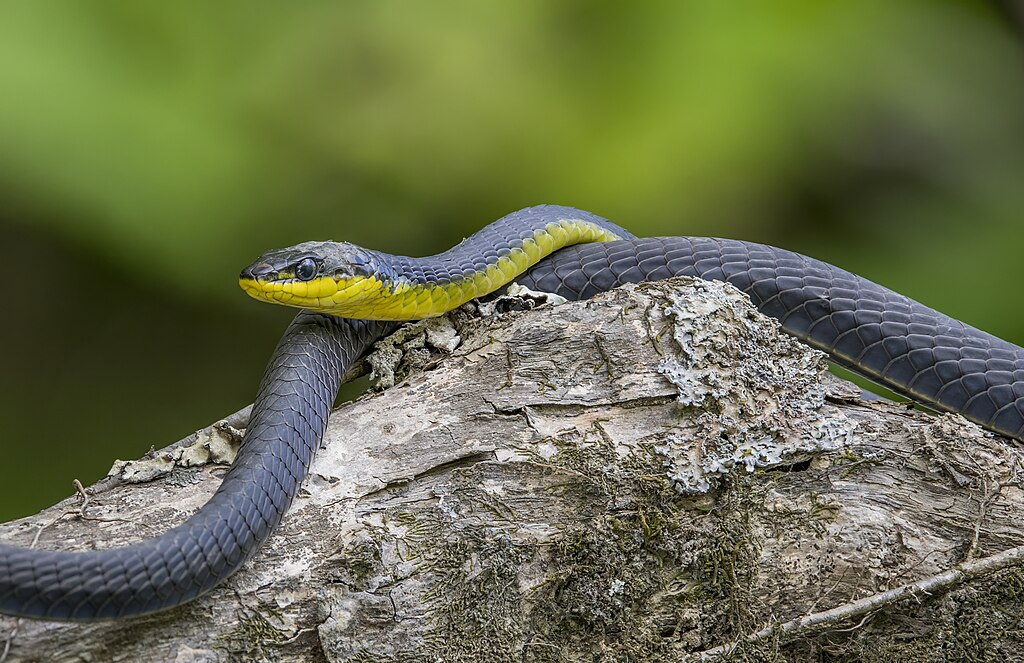
Addressing snake stress requires a systematic approach tailored to your specific snake’s needs. Begin by evaluating and optimizing enclosure parameters including size, temperature gradient, humidity level, substrate depth, and hide options appropriate for your species. Reduce handling frequency during periods of observed stress, allowing your snake time to readjust in a secure environment. Consider the enclosure placement within your home, moving it away from high-traffic areas, vibration sources, or rooms with fluctuating temperatures. Establish and maintain a consistent routine for feeding, cleaning, and necessary handling to create predictability that many snakes find reassuring. Document changes in behavior following modifications to identify which factors most significantly impact your snake’s stress levels, creating a personalized approach to stress management for your reptilian companion.
Conclusion
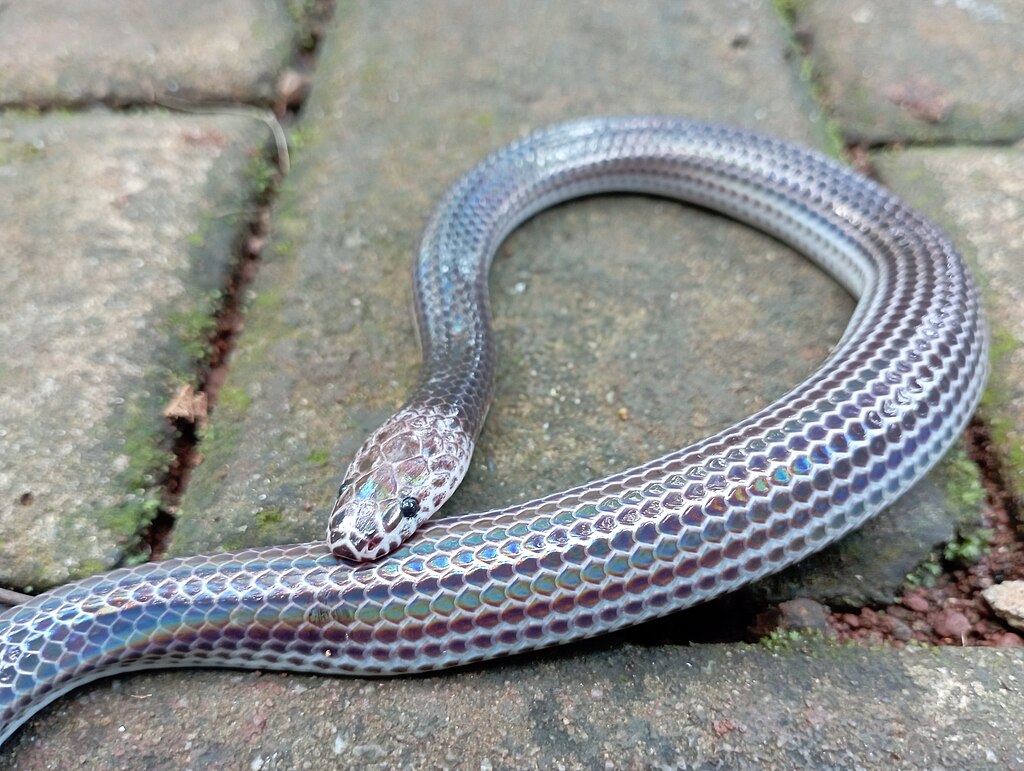
Understanding your pet snake’s stress signals requires careful observation and species-specific knowledge. By learning to read subtle body language, movement patterns, and behavioral changes, you can identify problems early and take appropriate action. Remember that stress in captive snakes typically stems from environmental factors within your control. Making thoughtful adjustments to your snake’s habitat, handling routine, and overall care can dramatically improve their well-being. A happy, healthy snake will display natural behaviors, maintain appropriate weight, feed regularly, and shed completely—all signs that you’re providing the proper care your reptilian companion needs. With patience and attention to these stress signals, you can ensure your snake thrives in your care for many years to come.

